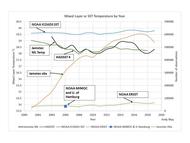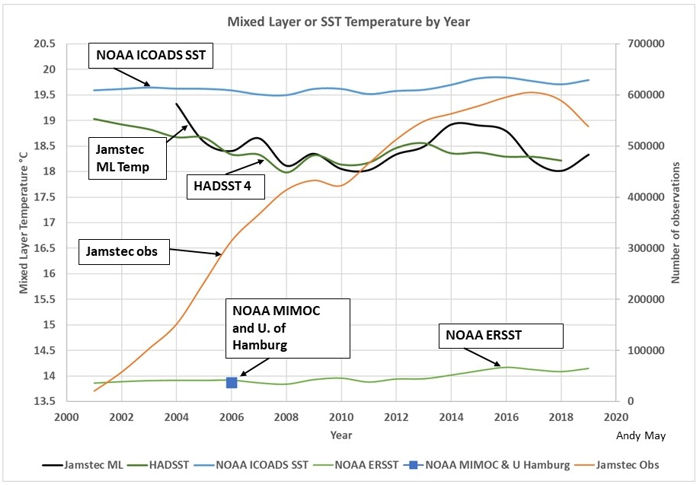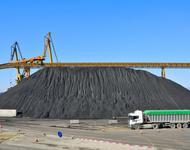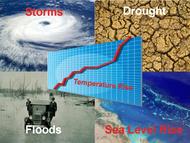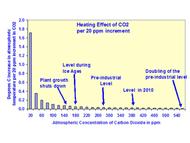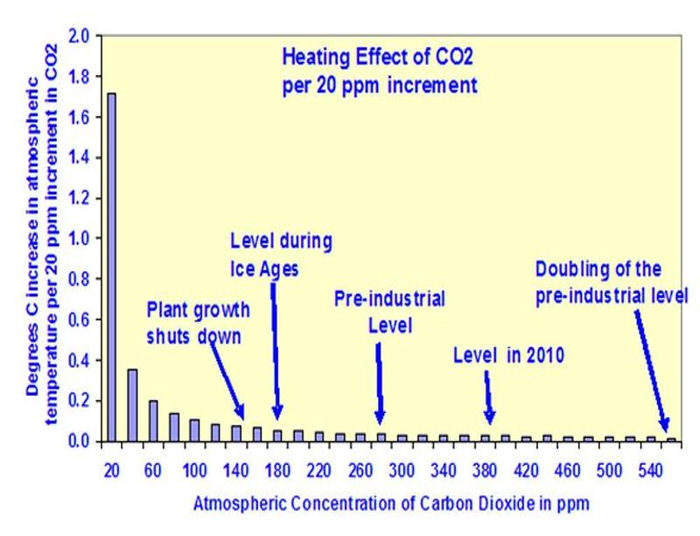From: CO2 Coalition
By: Richard S. Lindzen and John R. Christy
Date: December 2020
The Global Mean Temperature Anomaly Record - How it works and why it is misleading
Preface
"The purpose of this paper is to explain how the data set that is referred to by policy-makers and the media as the global surface temperature record is actually obtained, and where it fi ts into the popular narrative associated with climate alarm."
Executive Summary
"At the center of most discussions of global warming is the record of the global mean surface temperature anomaly—often somewhat misleadingly referred to as the global mean temperature record. This paper addresses two aspects of this record. First, we note that this record is only one link in a fairly long chain of inference leading to the claimed need for worldwide reduction in CO2 emissions. Second, we explore the implications of the way the record is constructed and presented, and show why the record is misleading.
This is because the record is often treated as a kind of single, direct instrumental measurement. However, as the late Stan Grotch of the Laurence Livermore Laboratory pointed out 30 years ago, it is really the average of widely scattered station data, where the actual data points are almost evenly spread between large positive and negative values.
The average is simply the small diff erence of these positive and negative excursions, with the usual problem associated with small diff erences of large numbers: at least thus far, the approximately one degree Celsius increase in the global mean since 1900 is swamped by the normal variations at individual stations, and so bears little relation to what is actually going on at a particular one.
The changes at the stations are distributed around the one-degree global average increase. Even if a single station had recorded this increase itself, this would take a typical annual range of temperature there, for example, from -10 to 40 degrees in 1900, and replace it with a range today from -9 to 41. People, crops, and weather at that station would fi nd it hard to tell this diff erence. However, the increase looks signifi cant on the charts used in almost all presentations, because they omit the range of the original data points and expand the scale in order to make the mean change look large.
The record does display certain consistent trends, but it is also quite noisy, and fluctuations of a tenth or two of a degree are unlikely to be significant. In the public discourse, little attention is paid to magnitudes; the focus is rather on whether this anomaly is increasing or decreasing. Given the noise and sampling errors, it is rather easy to “adjust” such averaging, and even change the sign of a trend from positive to negative.
The common presentations often suppress the noise by using running averages over periods from 5 to 11 years. However, such processing can also suppress meaningful features such as the wide variations that are always being experienced at individual stations. Finally, we show the large natural temperature changes that Americans in 14 major cities must cope with every year. For example, the average diff erence between the coldest and warmest moments each year ranges from about 25 degrees Celsius in Miami (a 45 degree Fahrenheit change) to 55 degrees in Denver (a 99 degree Fahrenheit change). We contrast this with the easily manageable 1.2 degree Celsius increase in the global mean temperature anomaly in the past 120 years, which has caused so much alarm in the media and in policy circles." ...
The Global Mean Temperature Anomaly Record - How it works and why it is misleading
 The Right Insight is looking for writers who are qualified in our content areas. Learn More...
The Right Insight is looking for writers who are qualified in our content areas. Learn More...

